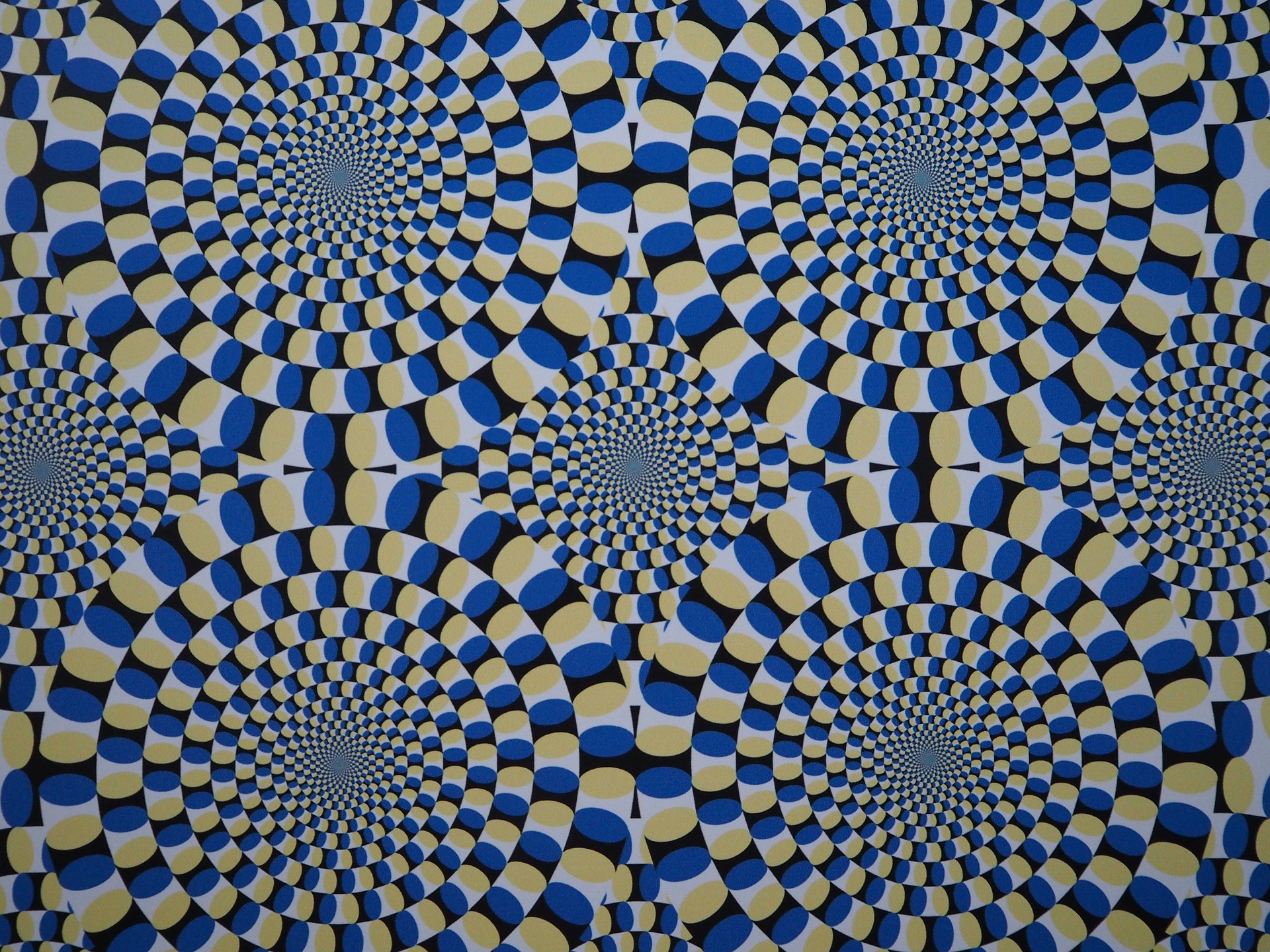
Surely more than one of us have seen web pages, emails or examples on our mobile phones of still images that seem to be in motion, or scenes that remain engraved in our minds. These types of images that trick our brains are known by the term optical illusions., but we really know what they are, how they work and the different types that exist. We will solve all these issues throughout this publication.
Optical illusions are images that allow us to see things that we are not really seeing, something very confusing. These types of images have been gaining popularity over the years and more with the development of the digital world. However, these types of images can not only be found online, but many of them are around us on a daily basis.
When we look at a certain image, information about what we are travels from our retina to the brain. This information we are talking about is processed and the brain is in charge of interpreting everything that is sent, it even seeks to make sense of certain images in which at first it does not find any coherence.
What is an optical illusion?
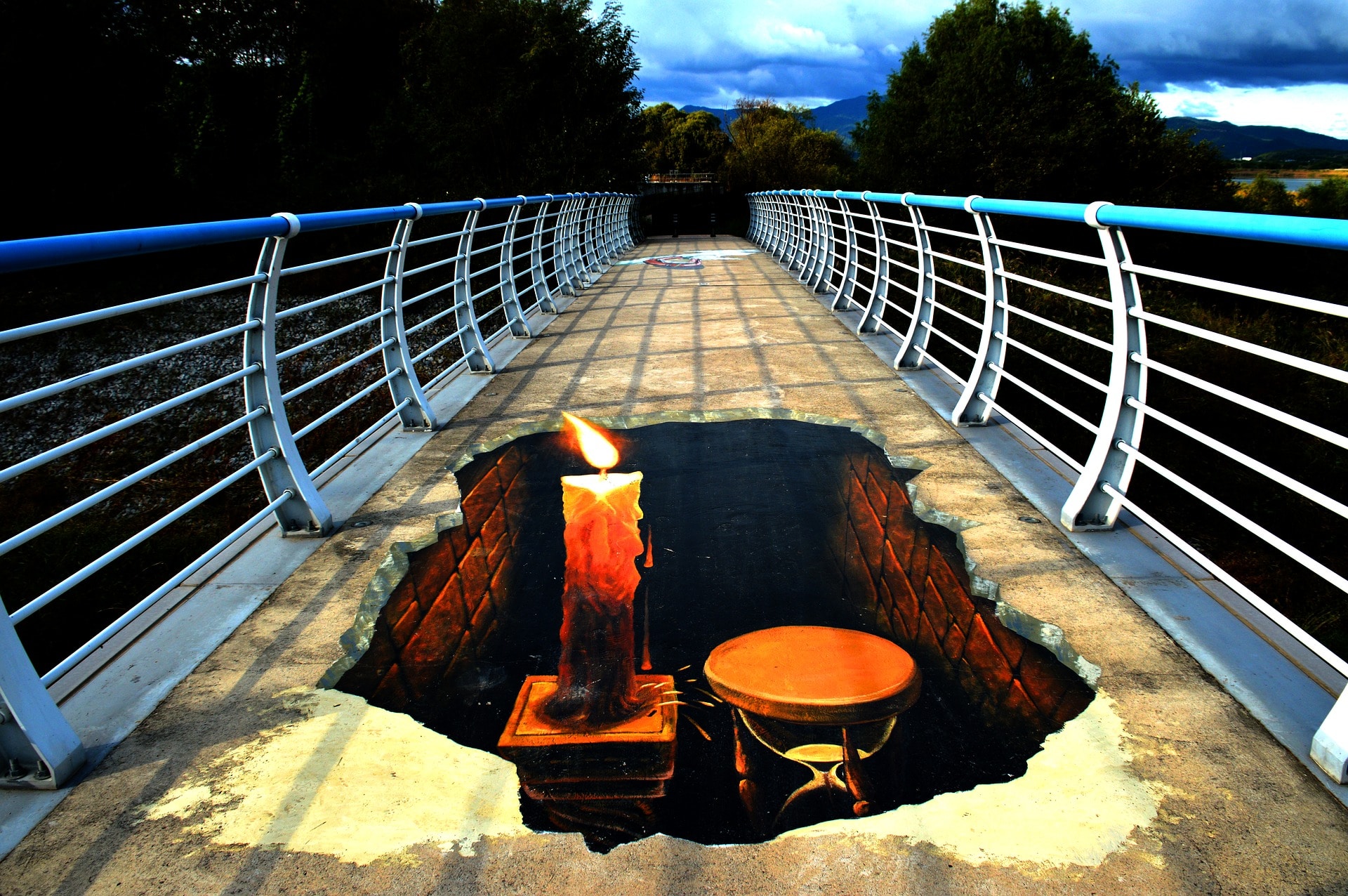
It is more than likely that at some point any of us have experimented with optical illusions. We can find this type of images, as we have indicated previously, in our day to day. However, not all of us know exactly what they are or how they work. In this section, we will try to clarify any doubts about this type of effect.
optical illusions, they are images or visual perceptions that can deceive our visual system due to their composition or characteristics, which change depending on the perspective with which we look at them, which can lead to perceiving reality in a distorted way. This effect occurs because the retina, in certain cases, is easy to deceive, through the use of effects that make the perception of an object, scene or environment.
These types of effects they can appear naturally or can be created using visual effects. This is really amazing, to the point where we can perceive an object or image that is not really present.
Why do these types of effects occur?

optical illusions, they occur when we are shown different shapes in a single image and our brain gets confused trying to understand it. This happens because the brain tends to interpret the images following its own experience.
A positive aspect of this type of effects is that They have helped many scientists to understand the functioning of both our nervous system and the visual system.. Our brain is in charge of gathering all the information that is shown in an image, shapes, colors, movements, composition, etc. If disparate shapes are captured in the same image, it is this person who must react to it and sometimes provides a somewhat confusing solution, such as adding movement to an image that it really does not have.
In summary, optical illusions occur when there is a lot of information and our mind is not able to process it, so it is transformed and interpreted in the most logical way or not, depending on what we think, possible.
Types of optical illusions
There are several different types of optical illusions that we can find, since depending on the effect they cause in our mind they are classified within one group or another as we will see below. The effect that these illusions produce depends on how much they can deceive us.
cognitive illusions
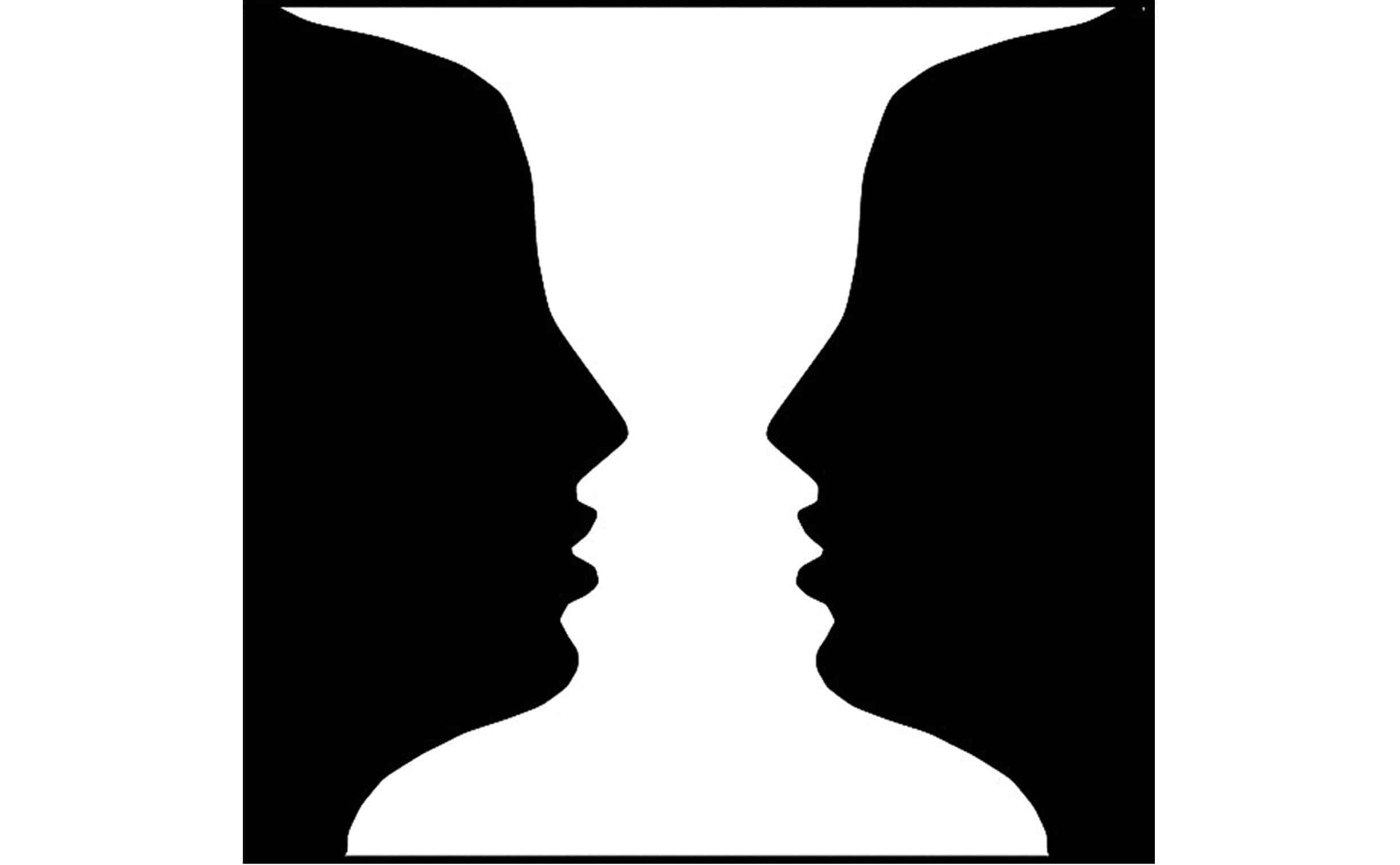
https://www.pinterest.es/
This type of illusions that we speak of, occur when we make an interpretation of our own reality. Our mind fills in the missing information in the image it is processing. Within this group of illusions, you can also find:
- illusions of ambiguity: they are images that present two alternatives of perception in a non-simultaneous way, that is, you are seeing two different images depending on the approach and perspective with which you do it.
- distortion illusions: The effect focuses on perception errors such as size, length, curvature, etc.
- paradoxical illusions: those that present in our mind illogical images, impossible things.
- fictional illusions: The images that are perceived are not real. Also known as hallucinations, they are related to moments of mental alteration.
physiological illusions
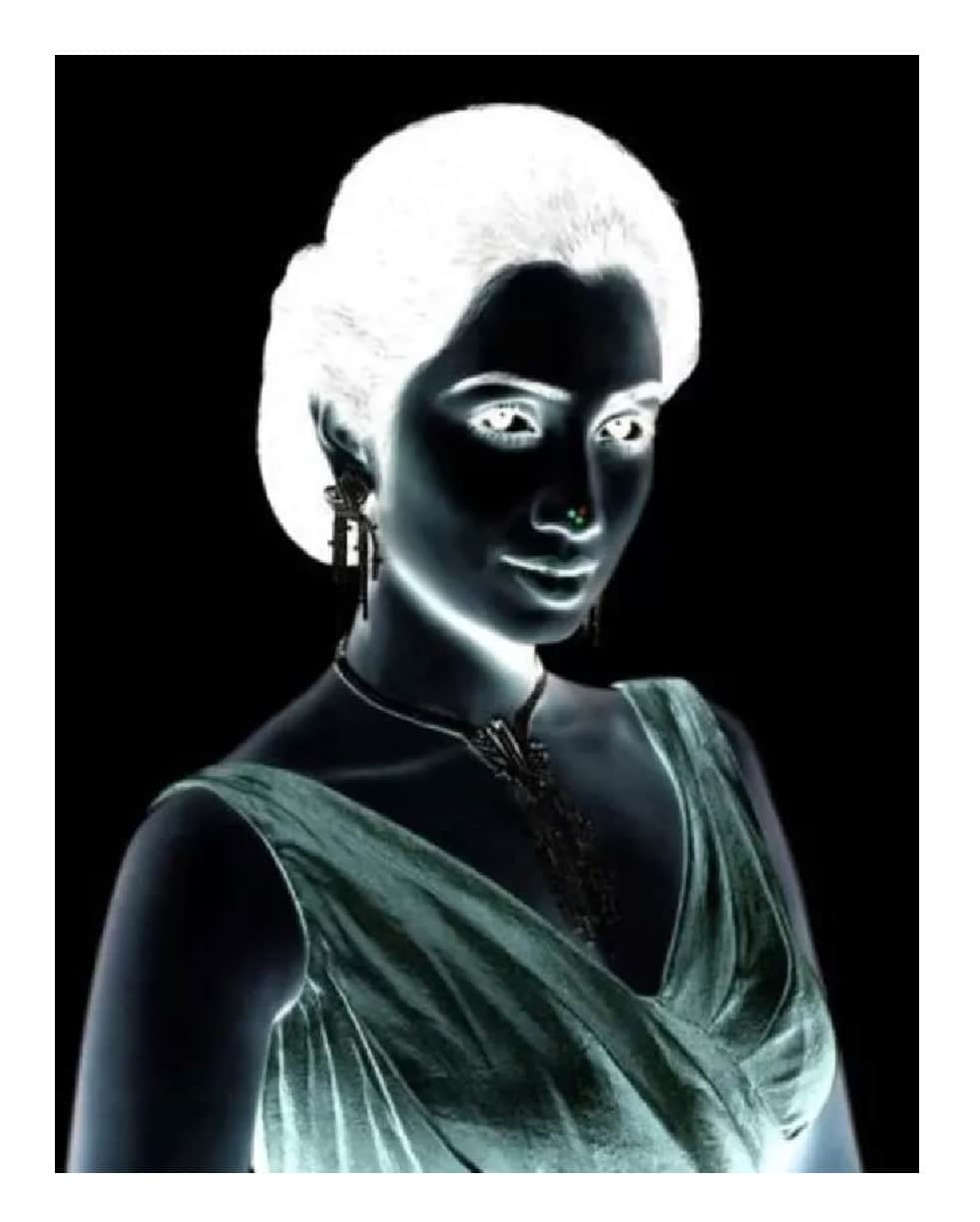
Also known as afterimages, they are those images, forgive the redundancy, that remain engraved in our mind after having observed a certain image or object bright. This happens when seeing certain scenes with a lot of light, similar colors, strong changes between an image or a moment, etc.
This has an explanation, and it is because our nervous system receives a large number of signals repeatedly about a certain stimulus and a lack of communication between the two hemispheres of our brain begins.
examples of optical illusions
Next, in this last device we are going to show you some different examples of really amazing optical illusions. Currently in the art world, it is very common to find this type of effect.
Optical illusion circles between the rectangles
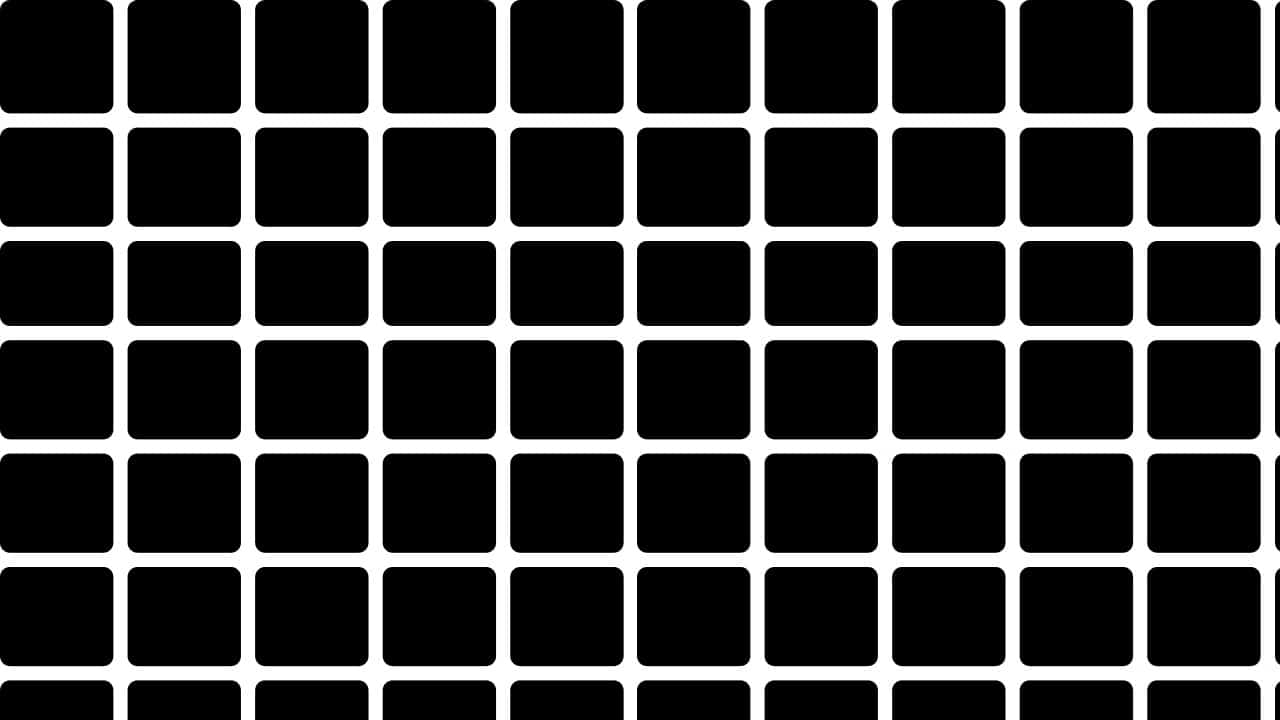
Fairy tale optical effect
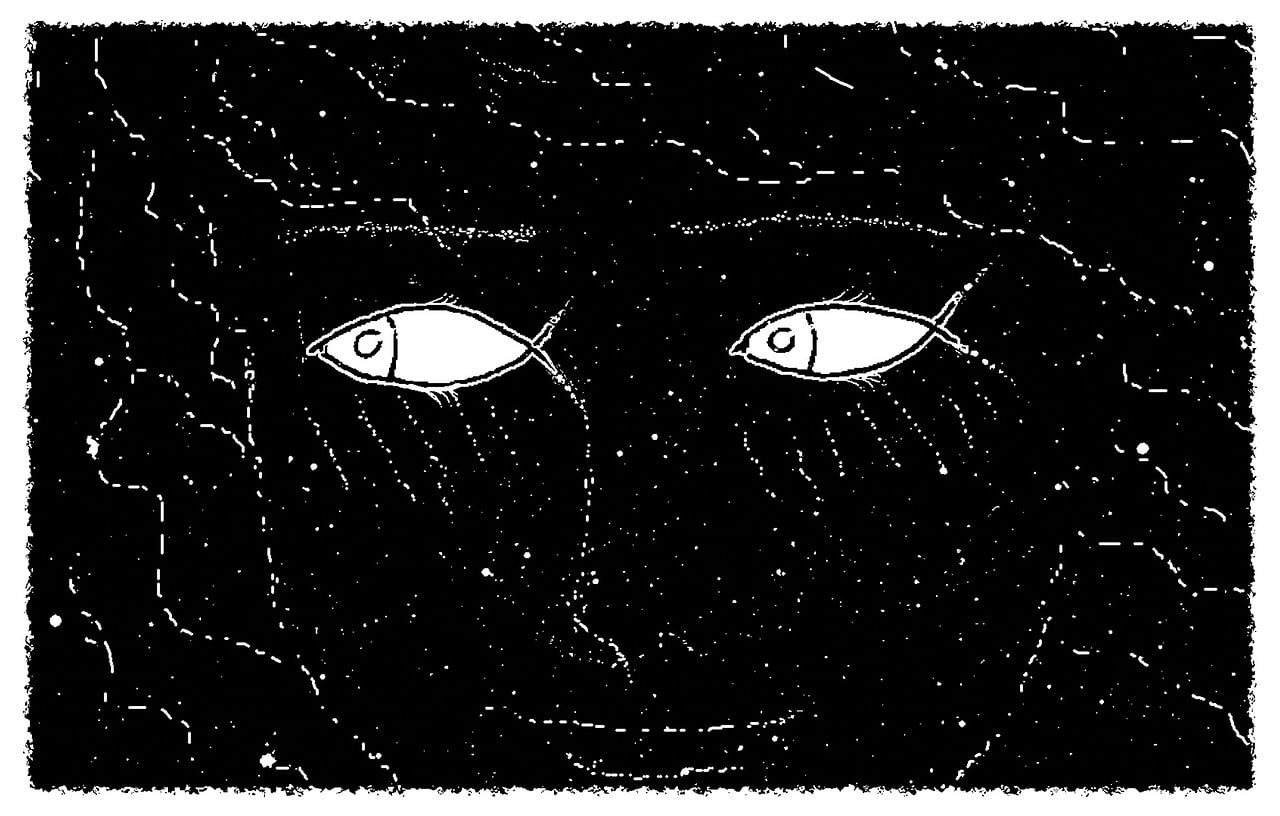
Optical illusion spiral movement
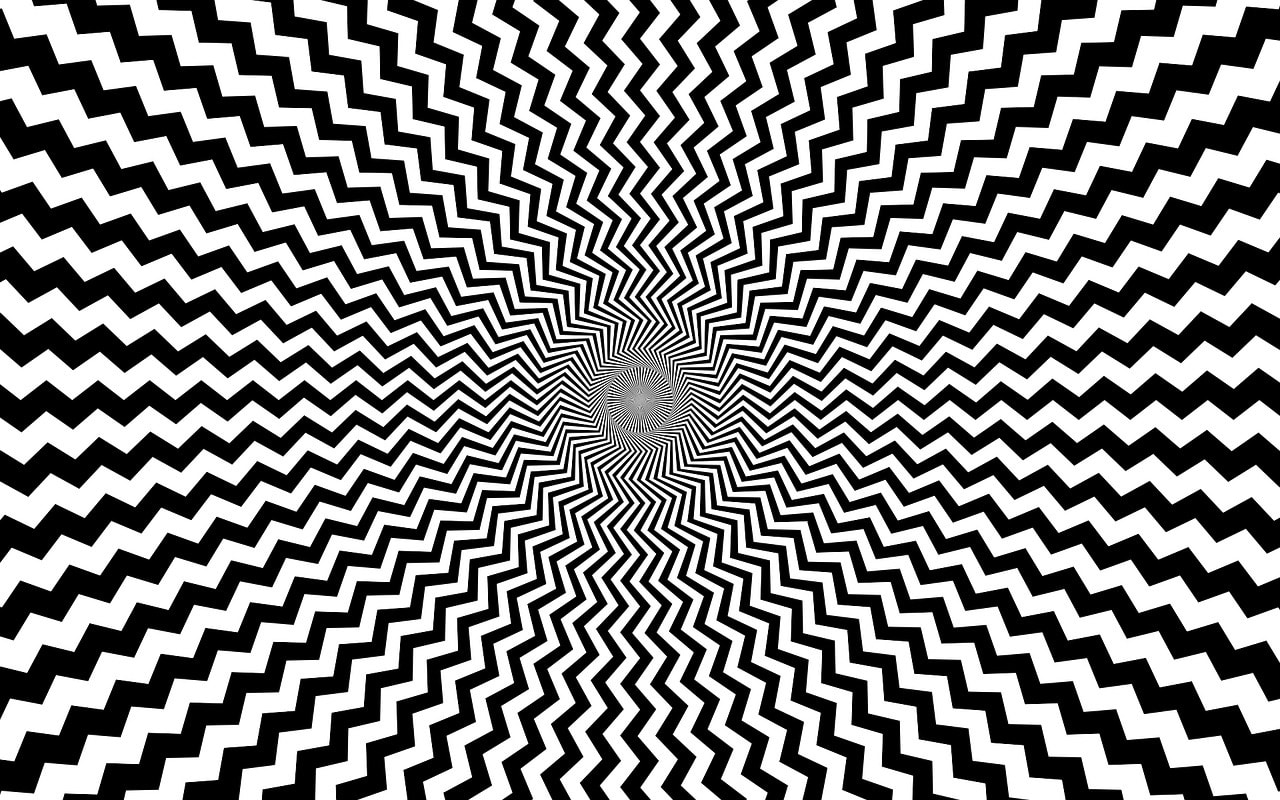
volume optical effect

Optical illusion moving circles
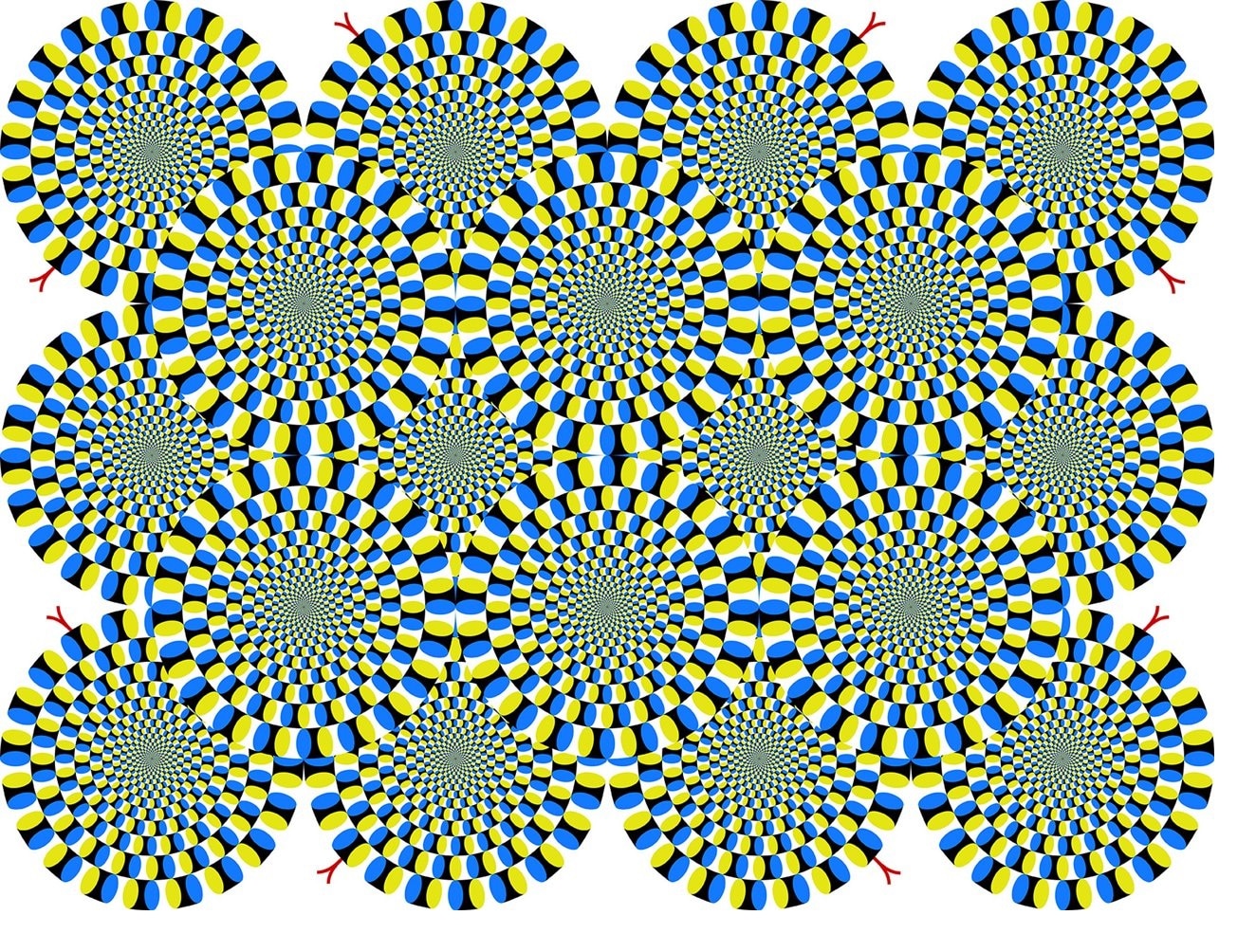
https://www.nationalgeographic.com
Visual effect Are you sure it's a frog?

https://www.elconfidencial.com/
optical illusion parallel lines
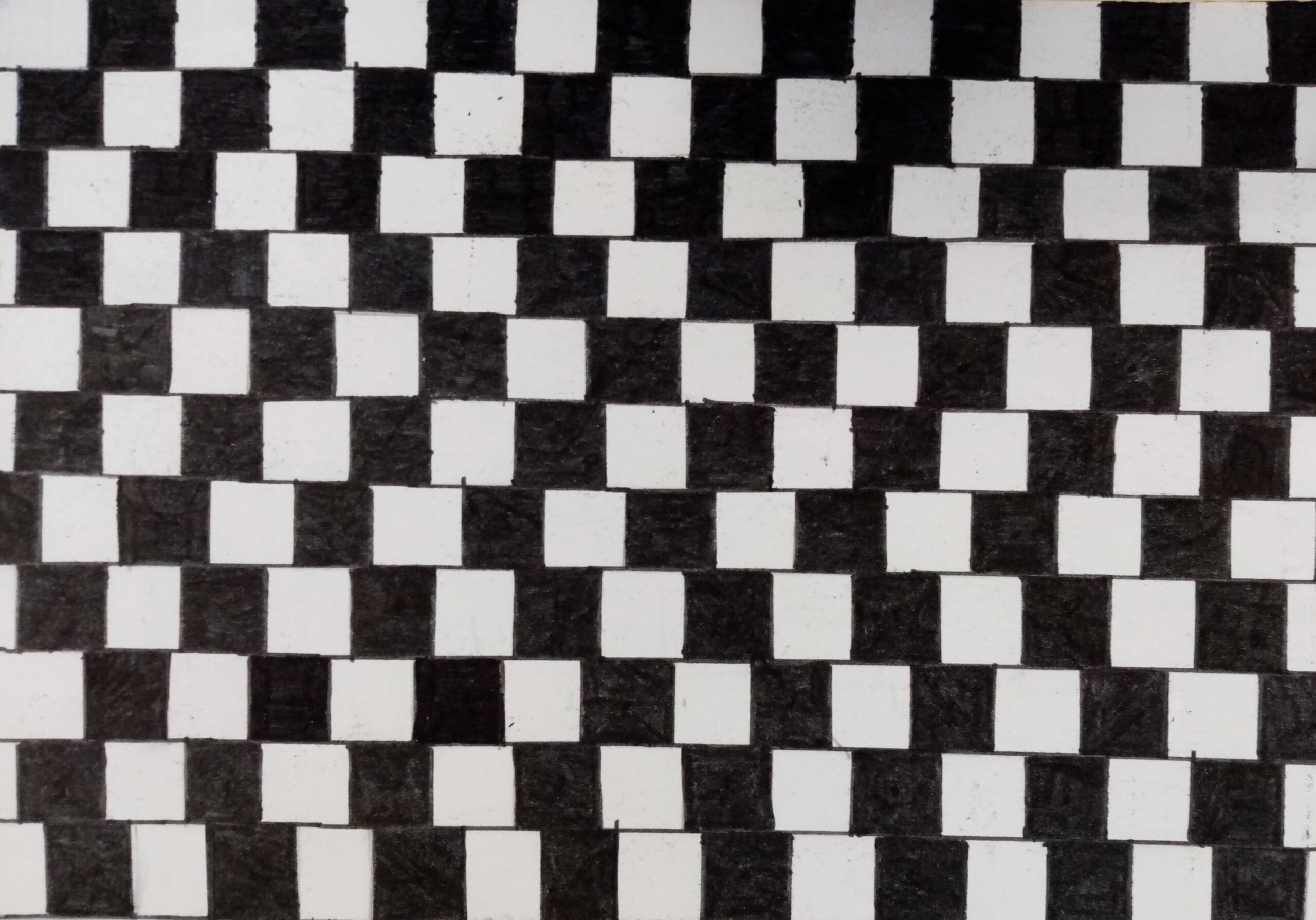
https://www.pinterest.es/
Shake your head and discover the hidden animal
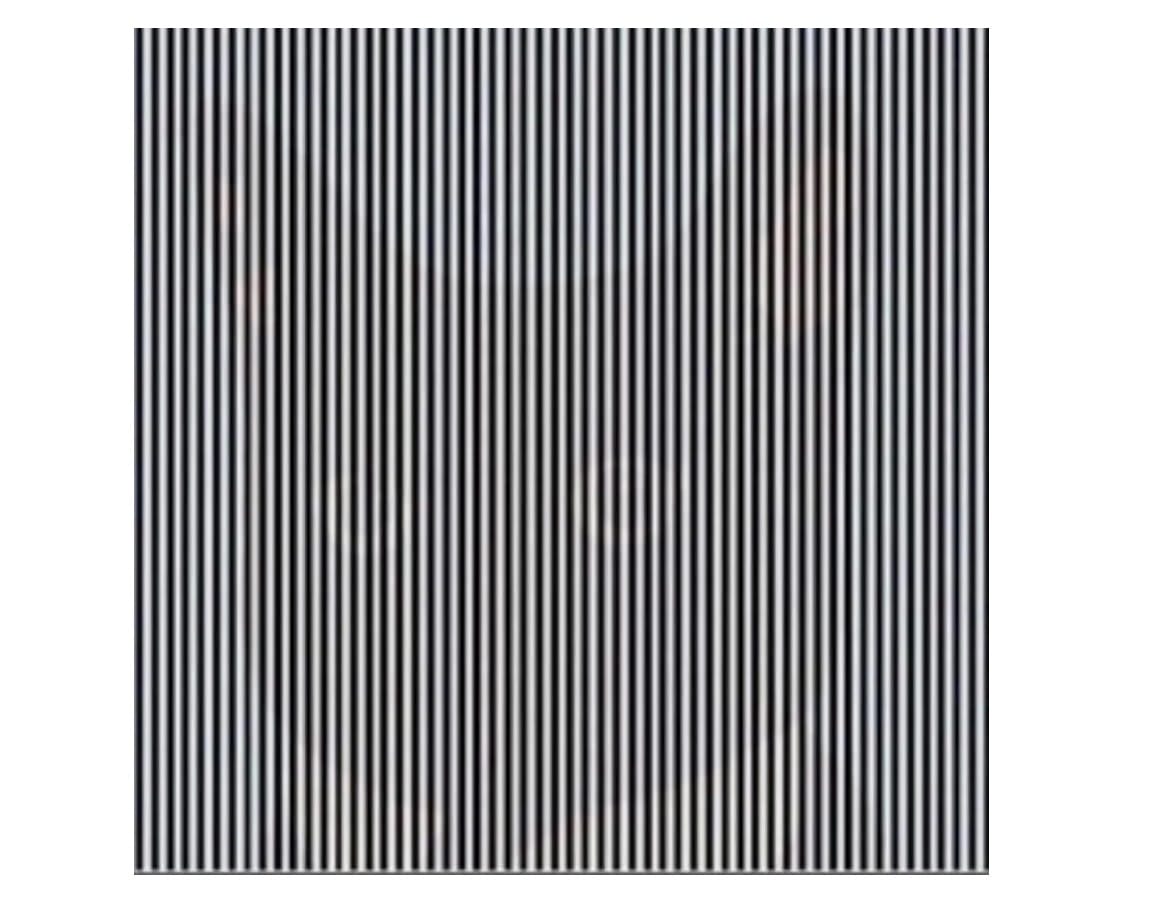
https://www.businessinsider.es/
Concentrate for 30 seconds and say goodbye to the image
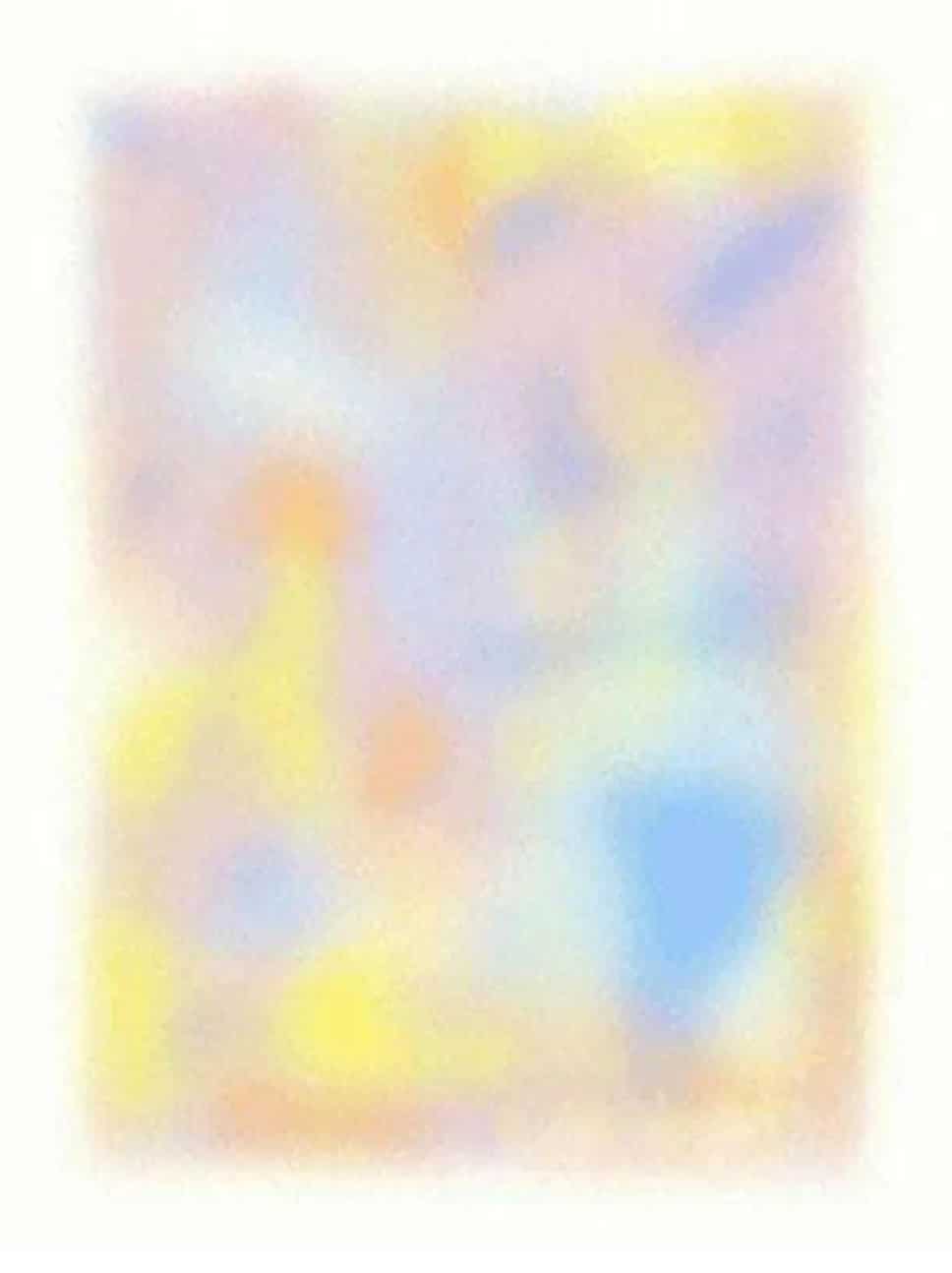
You may be surprised by the simplicity of some of them and the explanation behind them. Optical illusions awaken different signals in our minds, as we have seen, becoming really confusing.
These have been a small compilation of some different examples of optical illusions, but there are many that we can find both on websites, social networks or even in an art exhibition which can cause you a feeling of bewilderment trying to interpret what What are we watching.